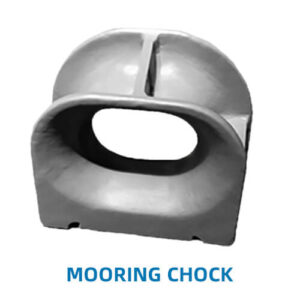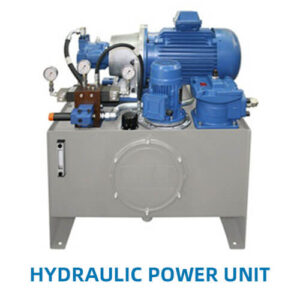Key Features of Anchor for Yacht:
-
Design and Shape of Anchor for Yacht:
- Fluke Anchors (Danforth): Known for their lightweight design, these yacht anchors have flat, pointed flukes that dig into sandy or muddy seabeds. They provide excellent holding power relative to their weight.
- Plow Anchors (CQR, Delta): Resembles to plow, these yacht anchors are designed to dig into various seabeds, including sand, mud, and gravel. They offer reliable holding power and are popular for general use.
- Claw Anchors (Bruce): Featuring a curved design that resembles a claw, claw anchors are effective on rocky, sandy, and muddy seabeds. They set quickly and provide consistent holding power.
- Spade Anchors: Made from high-strength materials, these yacht anchors have a convex fluke design that penetrates the seabed quickly and deeply, providing strong holding power in diverse conditions.
-
Yacht Anchors Materials:
- Galvanized Steel: Offers durability and resistance to corrosion, making it a popular choice for yacht anchors. The galvanization process helps protect the anchor from the harsh marine environment.
- Stainless Steel: Provides excellent corrosion resistance and a polished appearance. Stainless steel anchors are used for their aesthetic appeal as well as their strength and durability.
-
Yacht Anchors Weight:
- The weight of the anchor plays a significant role in its holding power. Heavier anchors generally provide better holding but are more challenging to handle. The size and type of yacht, as well as typical anchoring conditions, will determine the appropriate anchor weight.
-
Holding Power:
- The holding power of an anchor refers to its ability to resist forces trying to move the yacht. Depending on the anchor’s design, weight, and the type of seabed it’s used in, some anchors are better suited for specific conditions, such as mud or sand.
-
Shank:
- The shank is the long, straight part of the anchor that connects to the chain or rode. The design and length of the shank influence how well the anchor penetrates and holds in the seabed. Hinging some shanks helps the anchor align correctly as it sets.
-
Anchor Rode:
- The anchor rode is the line or chain that connects the anchor to the yacht. Using a combination of chain and rope ensures that the anchor sets correctly and provides a strong connection. Chains offer weight as well as abrasion resistance, while ropes provide flexibility and shock absorption.
Common Considerations:
- Seabed Type: Different anchors perform better in different seabed types, such as sand, mud, rock, or grass. It’s important to choose an anchor that is suitable for the areas where you typically anchor your yacht.
- Weather Conditions: In areas prone to strong winds, currents, or tidal changes, an anchor with high holding power is essential to ensure the yacht remains secure.
- Storage and Deployment: The anchor’s size and design should be compatible with the yacht’s anchor locker and windlass (if equipped) for easy deployment and retrieval.
A well-chosen yacht anchor, along with an appropriate rope and careful anchoring technique, ensures that a yacht remains securely in place, providing peace of mind to the crew and passengers.






